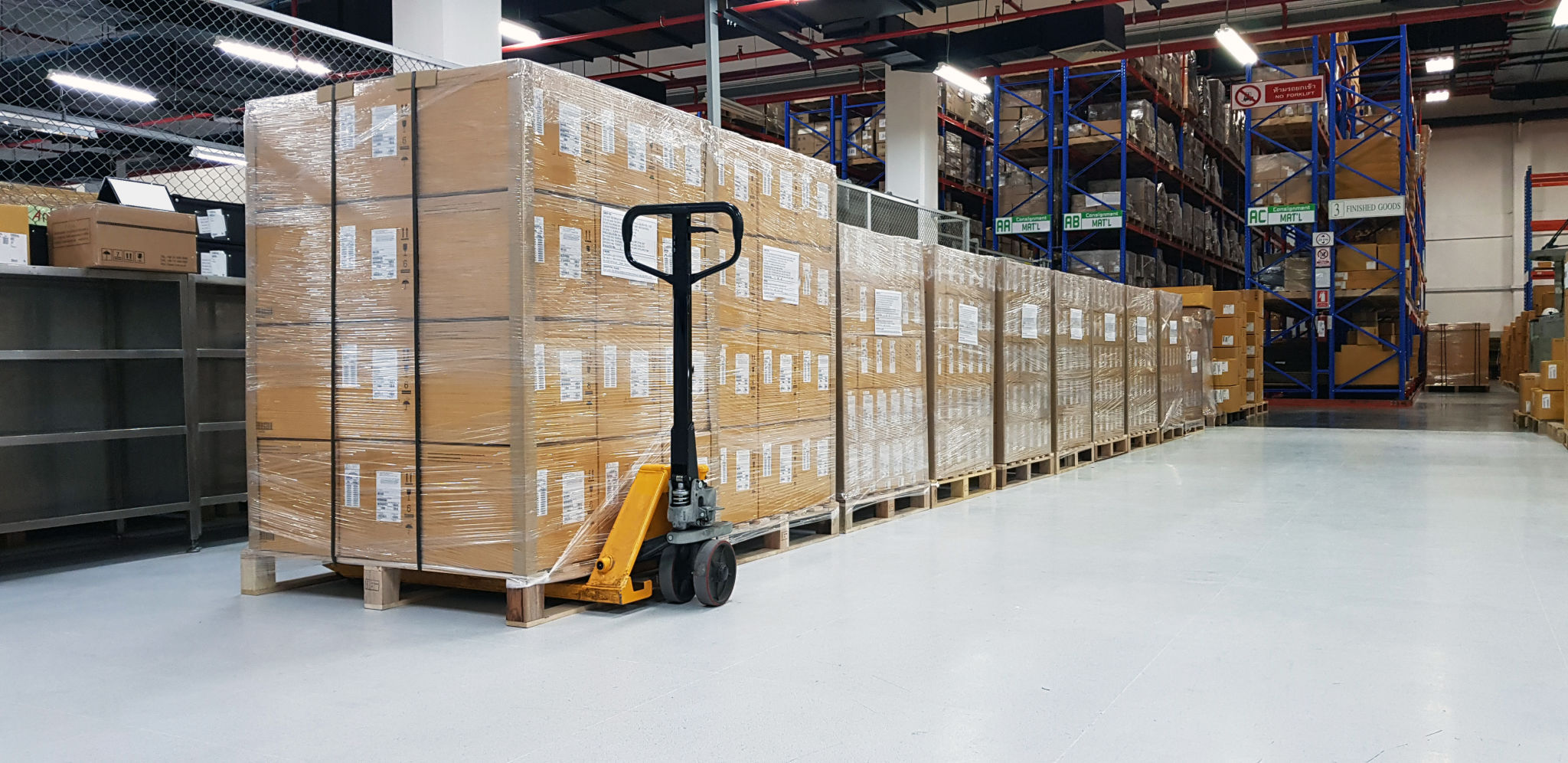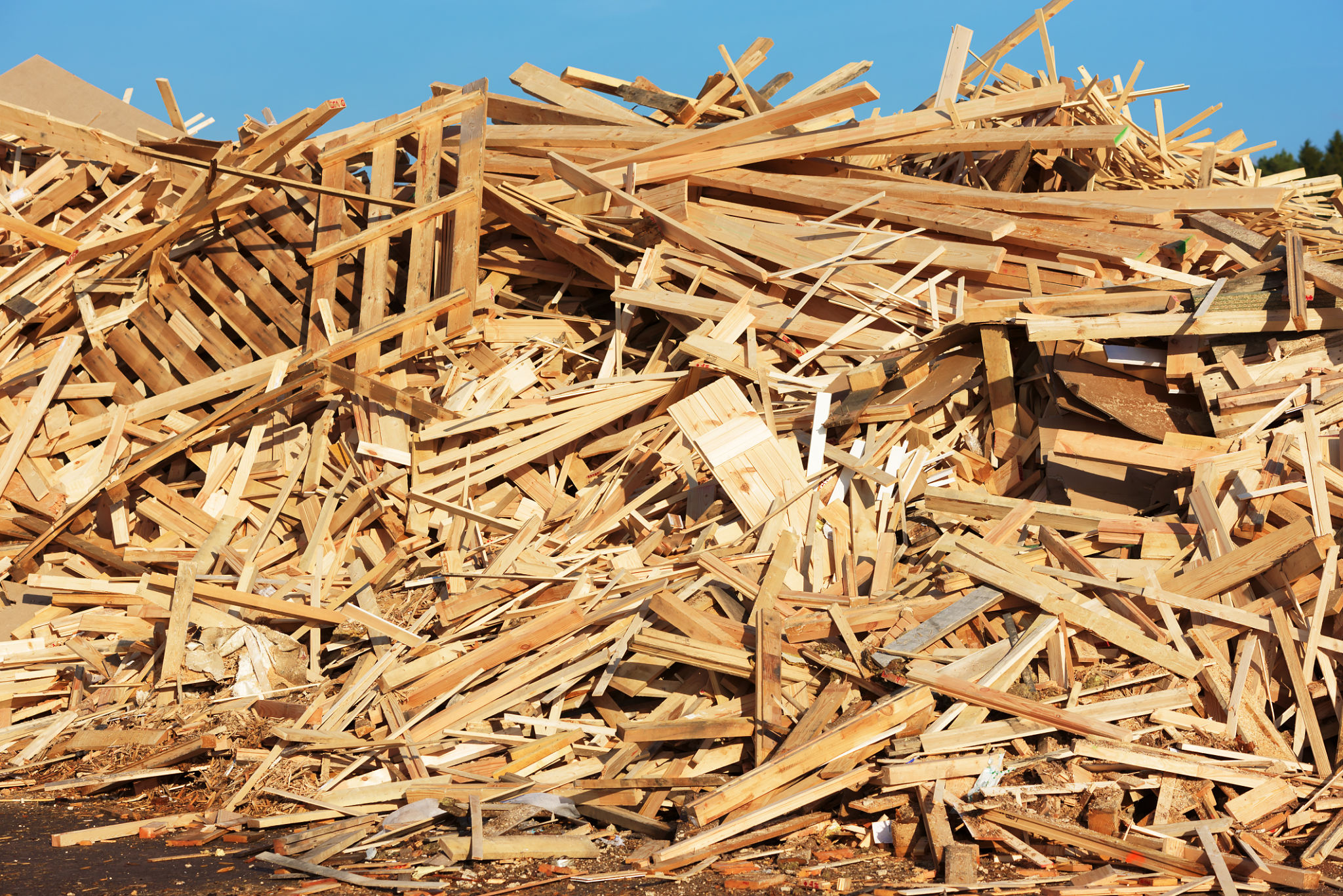Understanding the Lifecycle of a Pallet: From Production to Recycling
Introduction to Pallets
Pallets play a crucial role in the logistics and supply chain industry. These simple yet effective platforms are designed to support goods and materials, making transportation and storage more efficient. Understanding the lifecycle of a pallet can provide insights into its production, usage, and eventual recycling.

Production of Pallets
The journey of a pallet begins with its production. Most pallets are made from wood, though plastic, metal, and cardboard options exist as well. Wooden pallets are favored for their durability and cost-effectiveness. The production process involves cutting the timber to size, assembling the pieces, and treating the wood to prevent pest infestation.
Types of Pallets
There are several types of pallets, including stringer pallets, block pallets, and double-face pallets. Each type is designed for specific applications, offering various levels of strength and handling capabilities. Selecting the right type of pallet is essential for optimizing logistics operations.

Usage in Supply Chain
Once produced, pallets are used extensively throughout the supply chain. They facilitate the efficient movement of products by allowing for easy stacking and transport using forklifts and pallet jacks. Pallets help reduce handling time, minimize product damage, and improve overall warehouse operations.
Standardization and Regulations
Standardization of pallet sizes and regulations ensures compatibility across different industries and countries. The International Organization for Standardization (ISO) provides guidelines on pallet dimensions, which helps streamline global trade and logistics.

End-of-Life and Recycling
The lifecycle of a pallet doesn't end once it becomes unusable. Instead, many pallets are recycled or repurposed to minimize environmental impact. Wooden pallets, for example, can be repaired and reused multiple times before reaching the end of their usable life.
Recycling Process
The recycling process involves disassembling damaged pallets to salvage parts that can be used to repair other pallets. Wood that cannot be reused is often ground into mulch or biomass fuel. This recycling process not only reduces waste but also conserves resources.

The Importance of Sustainable Practices
Adopting sustainable practices in pallet production and recycling is essential for reducing the ecological footprint of the logistics industry. Companies are increasingly seeking eco-friendly solutions to manage their pallet needs, such as using recycled materials and ensuring responsible disposal.
Innovations in Pallet Management
Innovations such as pallet pooling systems are gaining popularity. These systems allow businesses to rent pallets as needed, reducing the need for new production and encouraging reuse. This approach not only supports sustainability but also improves cost-efficiency in supply chain management.

Conclusion
Understanding the lifecycle of a pallet—from production to recycling—highlights its vital role in modern logistics and underscores the importance of sustainable practices. As industries continue to evolve, embracing innovative solutions will be key to optimizing efficiency while minimizing environmental impact.